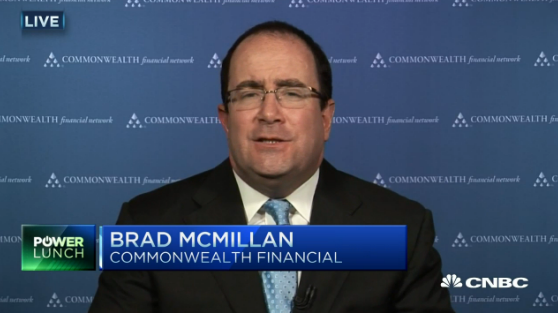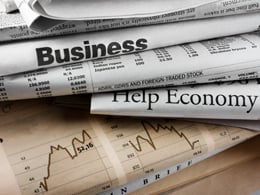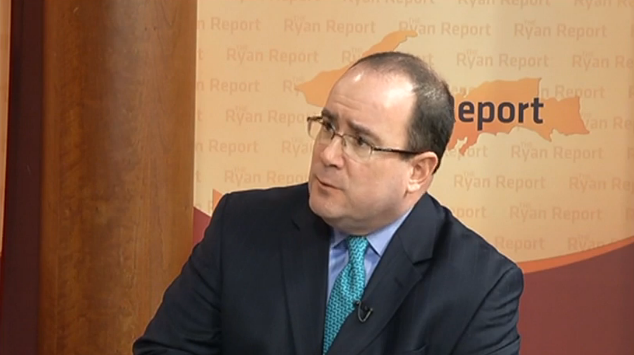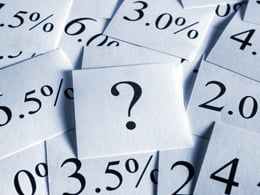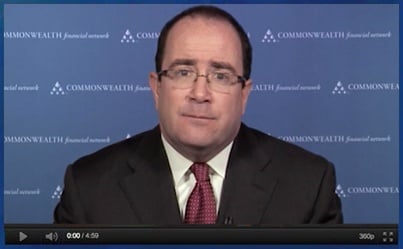Yesterday was another bad one for the markets. Worries continue to build around the energy sector, the European banking system, emerging markets . . . the list goes on and on.
Clearly, stock markets worldwide are betting on a serious downturn. Strangely, though, economists in general (myself included) think the global economy is much more likely to continue growing than move into recession.





